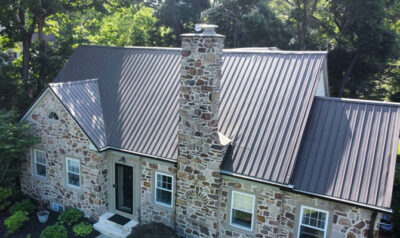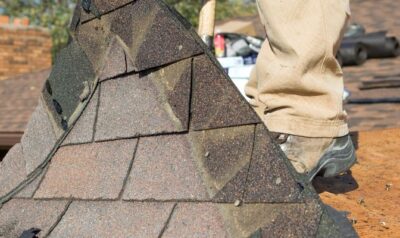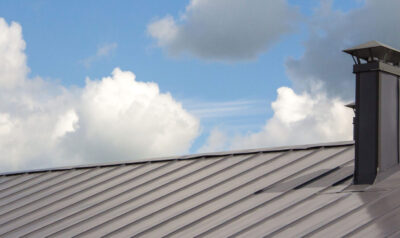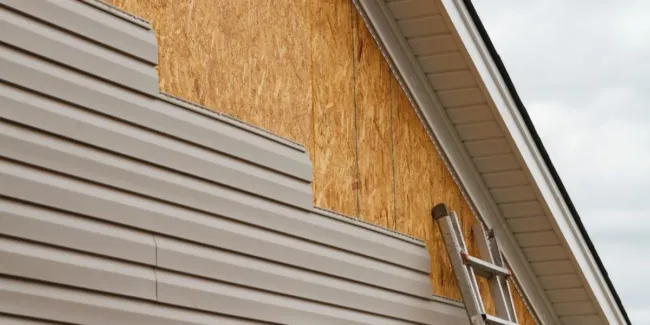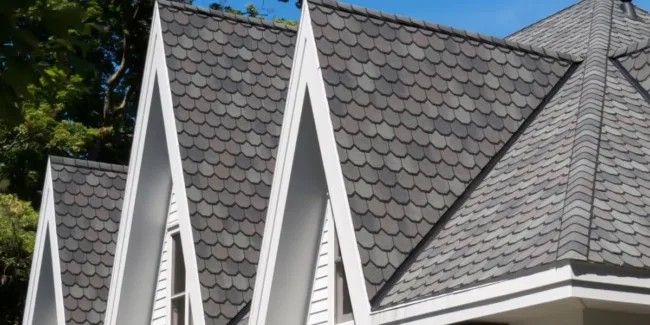When Is The Best Time Of Year For Roof Replacement In PA?
Fall, particularly September through November, is widely considered the best time for roof replacement in Pennsylvania. However, spring and early summer can also be suitable depending on weather patterns and project urgency. Understanding the pros and cons of each season can help homeowners make informed decisions about the timing of their roof replacement.
Why Fall is the Best Time for Roof Replacement
Many roofing professionals recommend fall as the ideal season for roof installation due to its favorable weather conditions.
Mild temperatures in fall provide the perfect environment for roofing projects. The cooler air prevents shingles from overheating while allowing sealants to bond properly. Extreme heat in summer can soften shingles, while winter’s cold temperatures can make them brittle and difficult to install. In fall, roofing materials adhere and settle optimally, ensuring long-term durability.
Another major advantage of replacing a roof in fall is preparing for winter. Pennsylvania winters can be harsh, bringing snow, ice, and freezing temperatures. A newly installed roof before winter helps protect the home from leaks, ice dams, and structural damage caused by heavy snow accumulation. Homeowners who replace their roofs in fall can go into the colder months with peace of mind, knowing their home is well-protected.
Fall’s moderate temperatures also create ideal working conditions for roofing crews. Unlike the sweltering heat of summer or the frigid cold of winter, the comfortable fall weather allows roofing contractors to work efficiently, reducing the risk of heat exhaustion or weather-related delays. Additionally, the ample daylight hours help crews complete projects faster compared to winter months when shorter days can slow progress.
Spring and Early Summer as Alternative Roofing Seasons
While fall is often the preferred season, spring and early summer also offer good opportunities for roof replacement in Pennsylvania.
Spring can be a great time to schedule a roofing project, especially in late March through May when temperatures start to rise. The cooler weather makes working conditions comfortable for roofing crews, and shingles have time to settle before the extreme heat of summer. Additionally, spring can be a less busy season for roofing contractors, meaning homeowners might find better availability and potentially lower prices.
However, spring weather can be unpredictable. Frequent rain showers may cause delays, extending project timelines. Some years, lingering cold snaps in early spring can also affect roofing materials, making it important to check the forecast before scheduling an installation.
Early summer, particularly June and early July, can also be a good time for roof replacement. Warm temperatures help asphalt shingles seal properly, and longer daylight hours allow contractors to complete jobs more quickly. Unlike late summer, when extreme heat can make working conditions challenging, early summer provides a balance of warmth and manageable humidity.
Challenges of Winter and Mid-Summer Roof Replacements
Winter is the most challenging time for roof replacement in Pennsylvania. Cold temperatures can make roofing materials brittle, increasing the likelihood of shingles cracking during installation. Snow, ice, and freezing rain can also cause delays and create unsafe working conditions for crews. Additionally, roofing adhesives take longer to cure in cold weather, which can affect the overall durability of the installation.
Despite these challenges, some roofing companies offer cold-weather installation techniques, making winter roof replacement possible in emergency situations. If a roof is severely damaged or leaking, waiting until spring or fall may not be an option. In these cases, hiring an experienced contractor who understands how to install roofing in cold conditions is essential.
Mid-summer, particularly in July and August, can also present difficulties. High temperatures can cause shingles to soften, making them more susceptible to damage during installation. Roofing crews may need to take more frequent breaks due to the heat, which can extend the project timeline. Additionally, sudden summer storms can interrupt work, leading to unexpected delays.
If a summer roof replacement is necessary, early summer is a better choice than mid-summer when temperatures reach their peak. Scheduling the project for a cooler morning start can also help minimize heat-related challenges.
Other Factors to Consider When Scheduling a Roof Replacement
Aside from seasonal weather conditions, other factors can influence the best time for a roof replacement. The current condition of the roof should be a top priority. If a roof is leaking, missing shingles, or showing signs of severe wear, waiting for the ideal season may not be the best option. Delaying necessary repairs can lead to more significant damage, higher costs, and potential structural issues.
Contractor availability is another important consideration. Fall is a popular time for roof replacements, so scheduling a project in advance is highly recommended. Homeowners who wait until the last minute may face longer wait times or higher prices due to increased demand. Booking a roofing contractor early can help secure a preferred installation date and ensure the project is completed before winter.
Local weather patterns also play a role in determining the best time for a roofing project. Pennsylvania’s climate can vary by region, with some areas experiencing more rainfall or harsher winters than others. Homeowners should work with a local roofing professional who understands the typical weather trends in their area and can recommend the most suitable time for installation.
Budget and material costs may also fluctuate throughout the year. Roofing materials and labor prices can rise during peak seasons, so homeowners looking for potential cost savings may consider scheduling their project during a contractor’s off-season, such as late winter or early spring. However, balancing cost savings with ideal weather conditions is crucial to ensure a high-quality installation.
Choosing the Right Time for Your Roof Replacement
For most homeowners in Pennsylvania, fall is the best time to replace a roof due to mild temperatures, optimal material performance, and winter preparation benefits. However, spring and early summer are also viable options if weather conditions allow. While winter and mid-summer present challenges, emergency replacements and proper planning can still make roof replacement possible during these times.
The best time for a specific roof replacement ultimately depends on factors such as the roof’s condition, contractor availability, and local weather trends. Consulting with a professional roofing contractor can help homeowners determine the most suitable timing for their project.
If you’re considering a roof replacement in Pennsylvania, working with an experienced and reliable roofing company can make the process stress-free.
Home Genius provides expert guidance, handles permitting, and ensures a high-quality installation tailored to your home’s needs. Contact Home Genius today to schedule a consultation and get started on your roof replacement with confidence.

